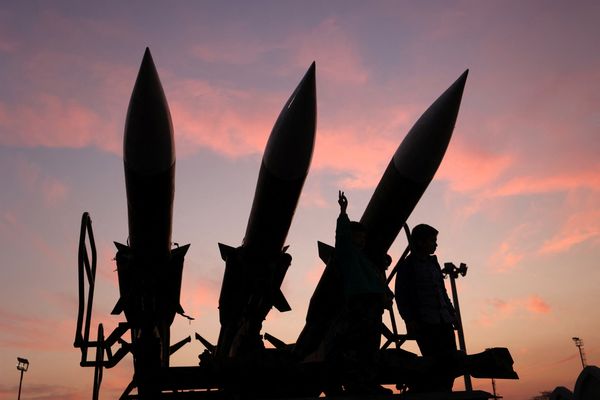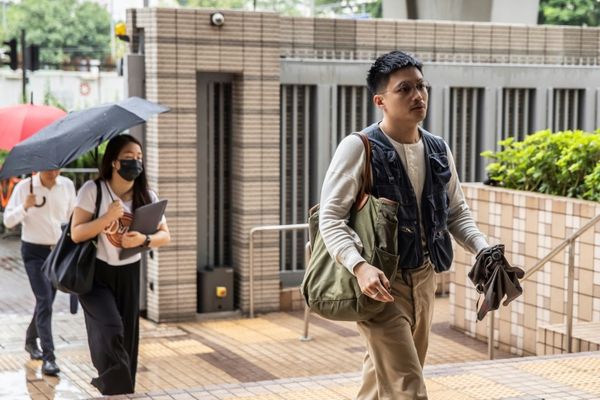
The release of the first tranche of data from the 2021 census yesterday came at a particularly opportune time for political observers, opening a new window on a federal election result that defied long-established maxims of electoral politics.
Foremost among these was the presumption that the Liberals could take most seats at the top end of the income scale for granted, a notion that had come to look increasingly shaky as gentrifying inner-city seats continued to vote left — before collapsing altogether under a three-pronged assault from teal independents, Labor and the Greens.
Whereas the Liberals held 16 of the 20 top-ranked seats by average household income at the time of the 2011 census, the recent election brought that crashing down to six, with the independents taking seven seats, Labor six and the Greens one.
Much of the post-election analysis focused on an infusion of young, apartment-dwelling professionals in seats won by teal independents, on good incomes for their age but with nothing like the wealth traditionally associated with their more established neighbours.
The perceived demographic transformation of these electorates has fuelled a culture war within the Liberal Party between those who deem recovering them essential to restoring the party’s fortunes and those who think them forever lost to a new constituency which, in the view of one jaundiced party observer, can be seen “running around in sandals and eating tofu” — the latter viewpoint seemingly being in the ascendant.
However, the census data provides little support for the contention that demographic change had much to do with the teal revolution, with the 20-something population actually having declined in relative terms in the teal seats of North Sydney and Curtin.
The effects of a widening electoral generation gap were instead to be seen in the disparity between the capital cities and the older and more conservative Australia of the regions, where swings at the election were modest and in not a few places in favour of the Coalition.
As measured by median age, the 20 seats that have become more youthful over the past decade included Labor’s two gains in Sydney, Bennelong and Reid, which respectively swung by 7.9% and 8.4%, and its Melbourne gain of Chisholm, which swung by 6.9%.
The Liberals also suffered heavy swings in the similarly placed seats of Sydney, Barton, Kingsford Smith, Melbourne, Corangamite, Lilley and Canberra, although the picture was complicated by Labor’s relatively weak showing in outer Melbourne seats dominated by young families, widely attributed to discontent over Victoria’s lockdowns.
The census data also lays bare the extent of the damage the Morrison government suffered from its apparent alienation of the Chinese community, with the 10 seats with the highest populations of Chinese language speakers having swung on average by 6.8% compared with a 3.7% swing nationally.
The top five included three of the 10 seats the Liberals lost to Labor (Chisholm, Bennelong and Reid) and the former Sydney north shore stronghold of Bradfield, where Paul Fletcher suffered a 10% two-party swing and was run close by an independent.
While the growth of the Chinese population was considerably slower between the 2016 and 2021 censuses than in the previous five-year period, it remained substantial in electorally sensitive areas of eastern Melbourne, notably in Menzies, which Labor came within a hair’s-breadth of winning for the first time, and Deakin, where Liberal member Michael Sukkar held on by 375 votes.
While the Liberal Party has its work cut out restoring faith with the Chinese community and finding a formula for victory that doesn’t rely on indulging a declining boomer population, population data does offer one bright spot.
Victoria’s bitter experience of the pandemic has been reflected in a sharp downturn in its hitherto booming population growth, such that it seems sure to lose a seat when state and territory House of Representatives entitlements are determined next year.
The situation has been little if any better in NSW, which could go the same way unless the recent trend reverses over the next year.
Since the Coalition holds only 11 seats out of 39 in Victoria and 16 out of 47 in NSW, such outcomes could only be to its advantage — particularly if it means a new seat being created in Queensland, its one bright spot at the election despite the loss of two seats to the Greens.







